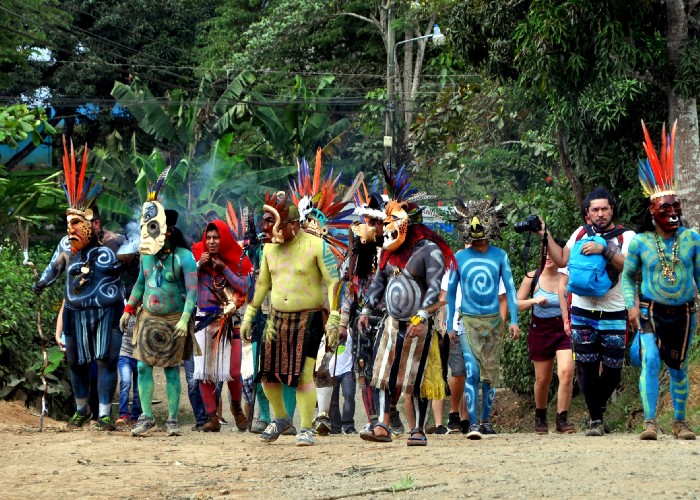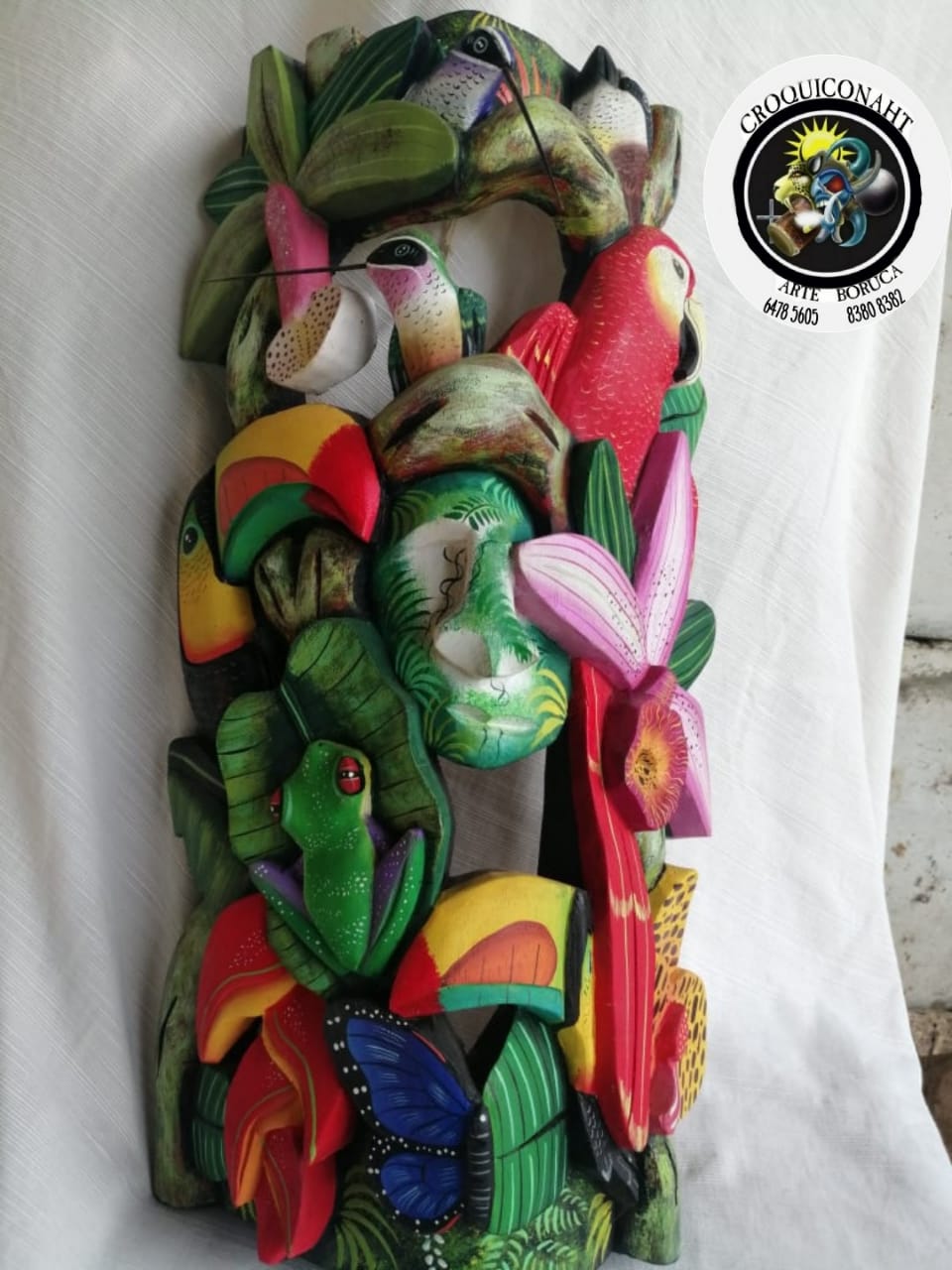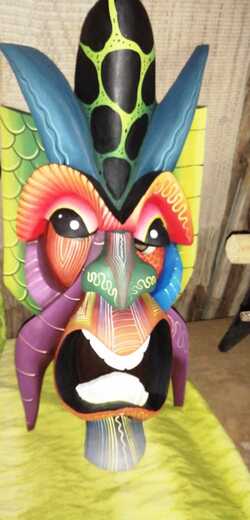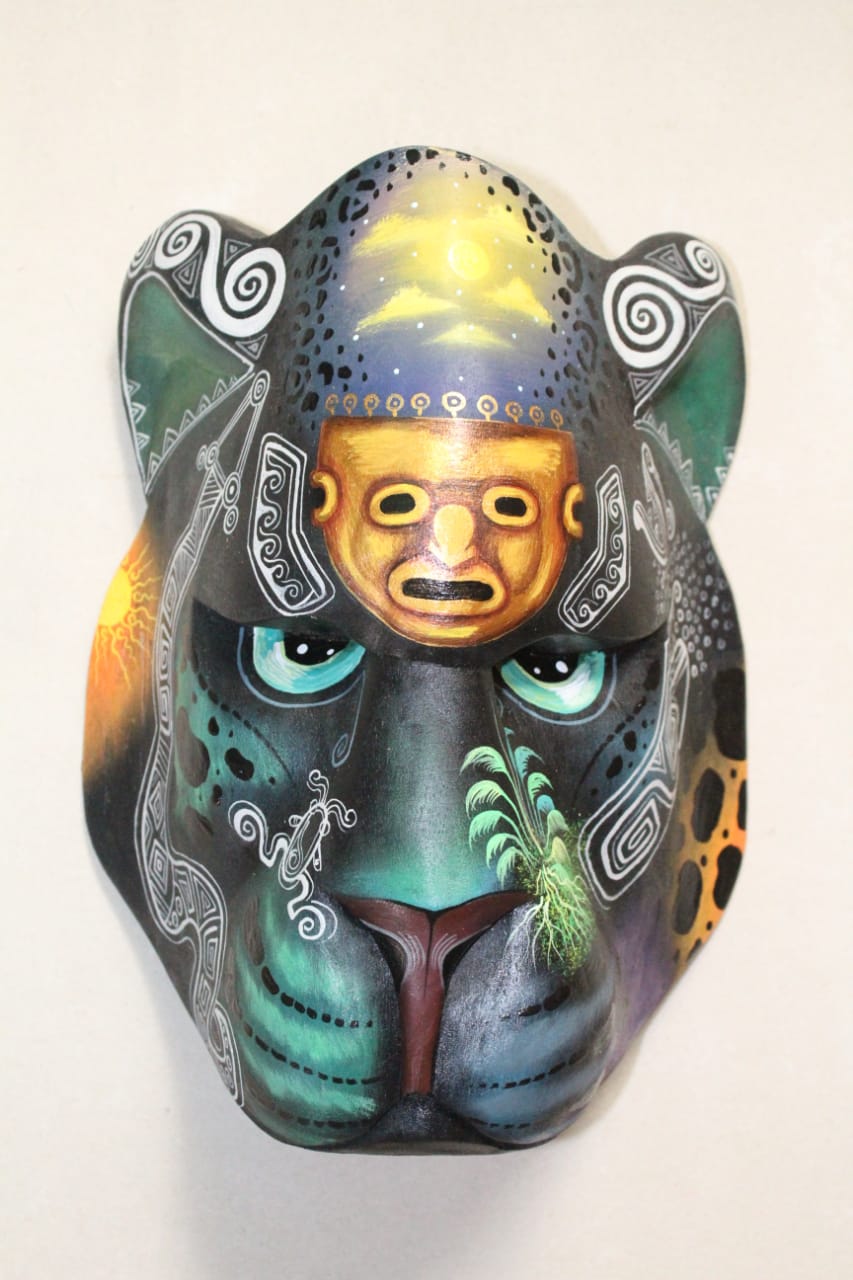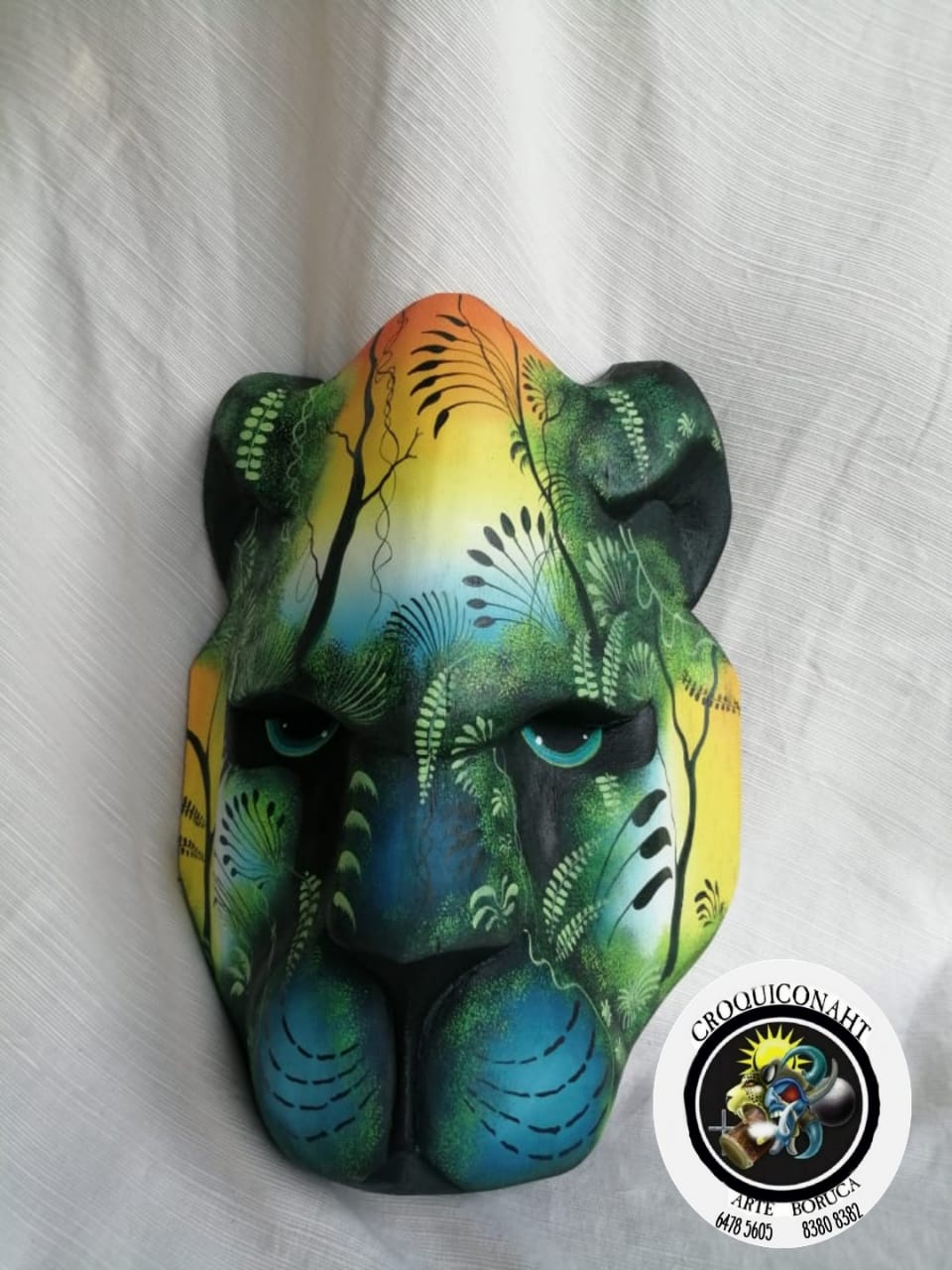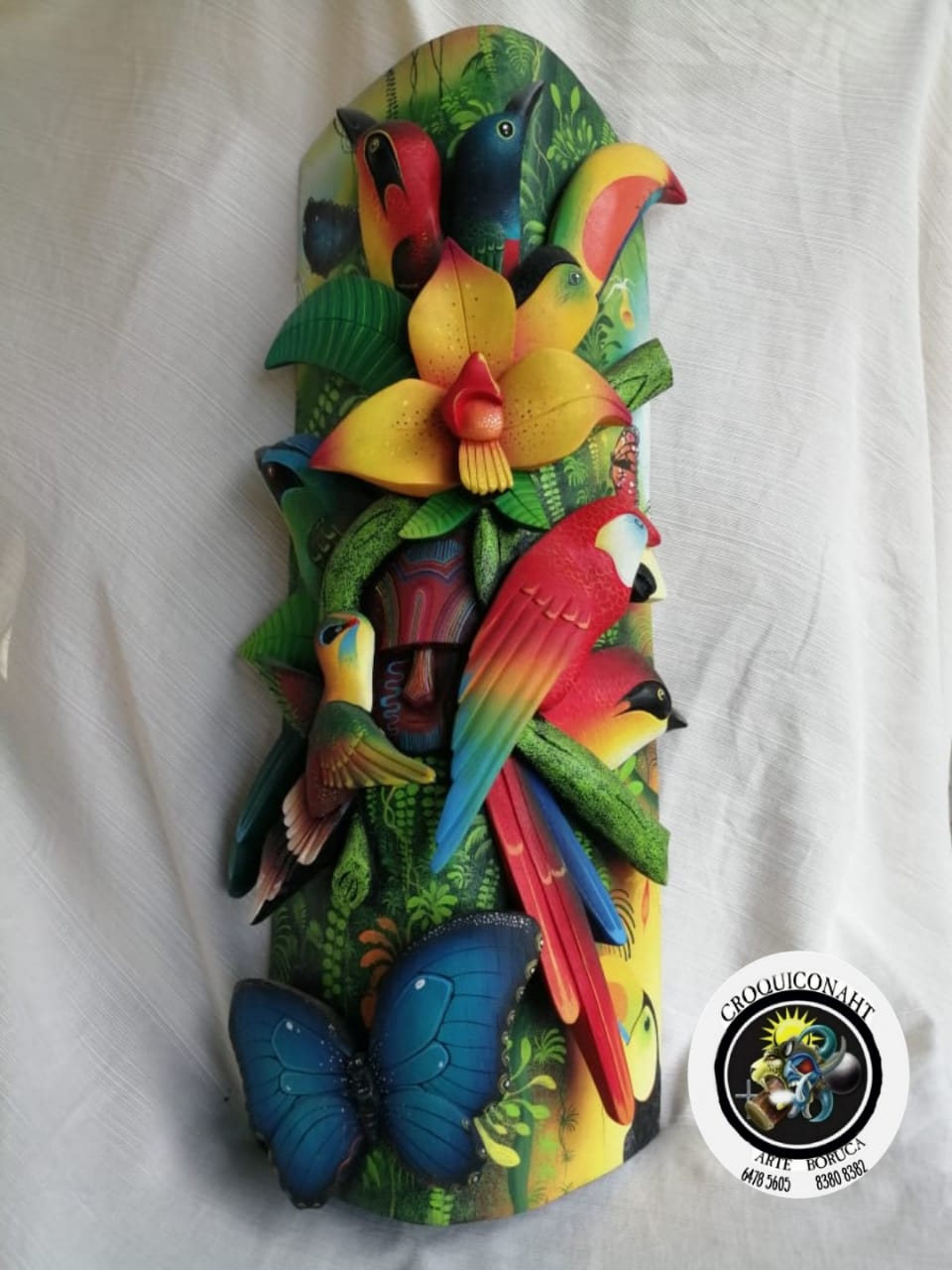Boruca
The Boruca tribe is one of 8 remaining indigenous tribes still living in Costa Rica. There are approximately 2,500 of them, most of whom live inside the 140 km square, Territorio Indígena Boruca, which is located in the southern region of the country (near the Terraba River).
The Boruca have succeeded in keeping their culture remarkably intact despite the Spanish colonization. They are very proud of this fact, and as such, they celebrate in remembrance through their Dance of the Devils, which takes place annually from the 30th of December to the 2nd of January. In this ceremonial dance, a bull, which represents the Spanish colonizers’ charges, attacks the indigenous “little devils” for 3 days. At the crescendo of the dance, however, the bull is finally captured and burned to death in order to signify the Boruca’s successful resistance to colonization.

